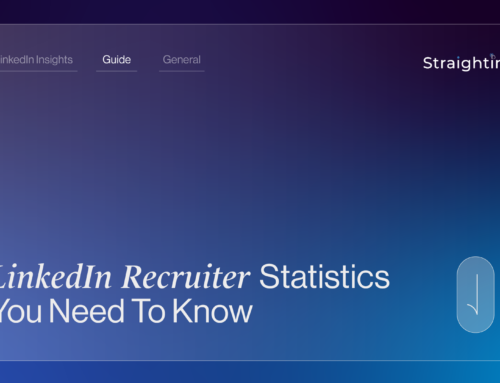We’ve said this many times before, but LinkedIn is more than just a platform for job seekers and networking – it’s a powerful tool for B2B lead generation. LinkedIn offers a high concentration of professionals and decision-makers that can be tapped into to generate leads.
But with so many users and features, it can be overwhelming to know where to start.
In this blog post, we’ll explore the benefits of using LinkedIn for lead generation and share best practices to help you get the most out of this platform.
So, whether you’re new to LinkedIn or looking to step up your lead generation game, keep reading to discover how this platform can help you grow your business.
Why LinkedIn is a valuable platform for lead generation?
- LinkedIn has a high concentration of professionals LinkedIn is a social networking site for professionals. It is a platform where business owners, executives, and other professionals gather to share knowledge and engage with each other. This means that the platform has a high concentration of potential leads for B2B businesses.
- LinkedIn users are more likely to be decision-makers Many of LinkedIn’s users are in high-level positions, including executives, managers, and business owners. This means that the platform provides access to decision-makers who have the authority to make purchasing decisions.
- LinkedIn provides targeted marketing opportunities LinkedIn offers targeted marketing options to help businesses reach specific audiences. Businesses can target users based on their industry, job title, company size, and other demographics. This means that businesses can ensure that their marketing efforts are reaching the right people.
Best Practices for Lead Generation on LinkedIn
- Optimise your profile The first step to generating leads on LinkedIn is to optimize your profile. Your profile should be complete, professional, and reflect your brand. This includes a professional headshot, a compelling headline, and a well-crafted summary. You should also list your skills, education, and work experience to showcase your expertise.
- Connect with the right people To generate leads on LinkedIn, you need to connect with the right people. This means identifying your target audience and connecting with people who fit that profile. You can search for people by industry, job title, company size, and other demographics.
- Engage with your connections Once you have connected with people, it is important to engage with them. This means commenting on their posts, sharing their content, and sending them personalized messages. Engaging with your connections will help you build relationships and establish trust.
- Share valuable content Sharing valuable content is an important part of generating leads on LinkedIn. You should share content that is relevant to your audience and provides value. This could include industry news, helpful tips, or case studies.
- Use LinkedIn groups LinkedIn groups are a great way to connect with people who share your interests. You can join groups related to your industry or target audience and engage with members. This can help you build relationships and establish yourself as an authority in your field.
- Consider LinkedIn advertising LinkedIn advertising is a great way to reach your target audience. You can target users based on their industry, job title, company size, and other demographics. This means that your ads will be shown to the right people. LinkedIn also offers sponsored content and sponsored InMail, which can be effective for lead generation.
Conclusion
LinkedIn is a powerful platform for B2B lead generation. With a high concentration of professionals and decision-makers, businesses can use the platform to connect with their target audience and generate leads.
By optimising your profile, connecting with the right people, engaging with your connections, sharing valuable content, using LinkedIn groups, and considering LinkedIn advertising, you can effectively use LinkedIn for lead generation.







